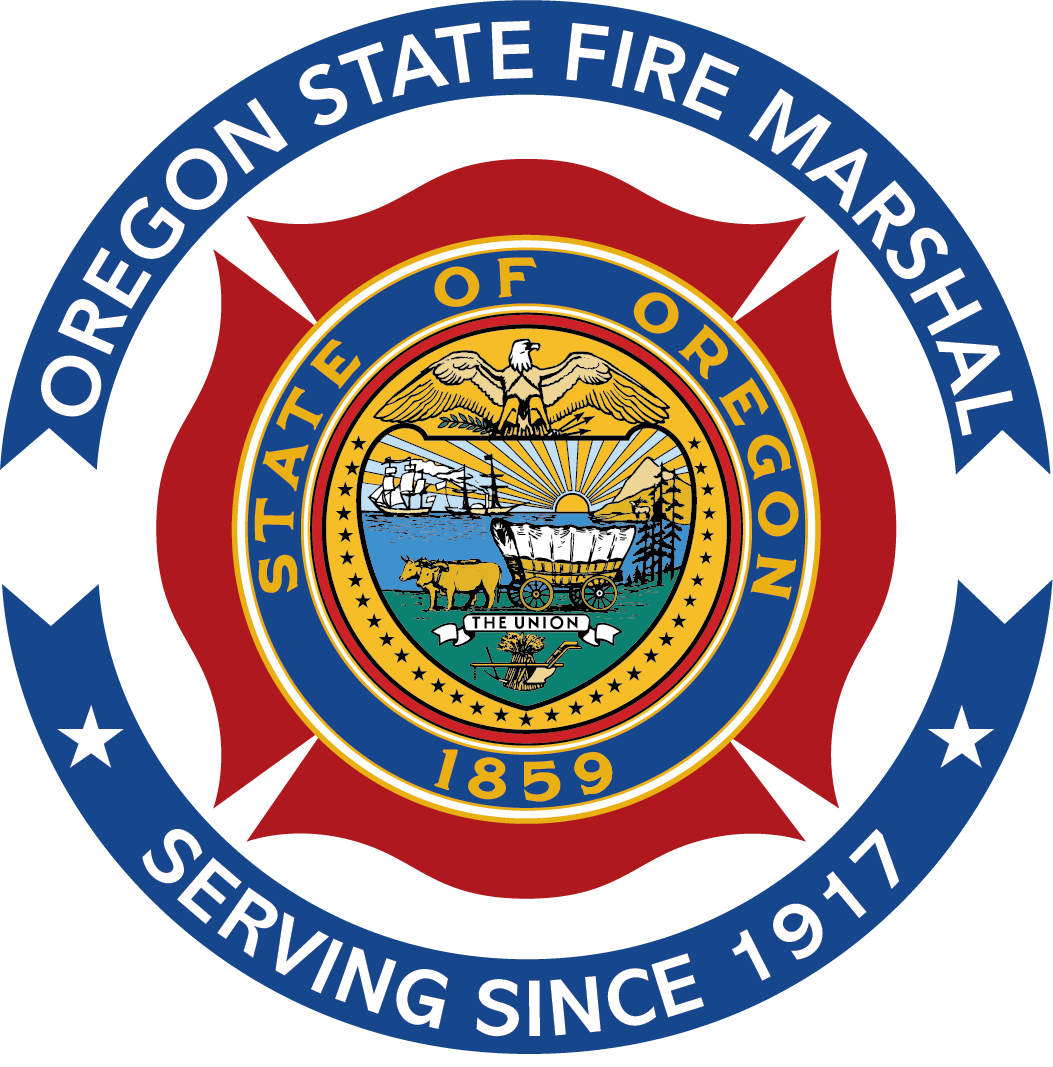Oregon State Fire Marshal
Emergency Messages as of 5:56 AM, Sat. Dec 13
No information currently posted.

Subscribe to receive FlashAlert messages from Oregon State Fire Marshal.
Emergency Messages as of 5:56 AM, Sat. Dec 13
No information currently posted.

Subscribe to receive FlashAlert messages from Oregon State Fire Marshal.